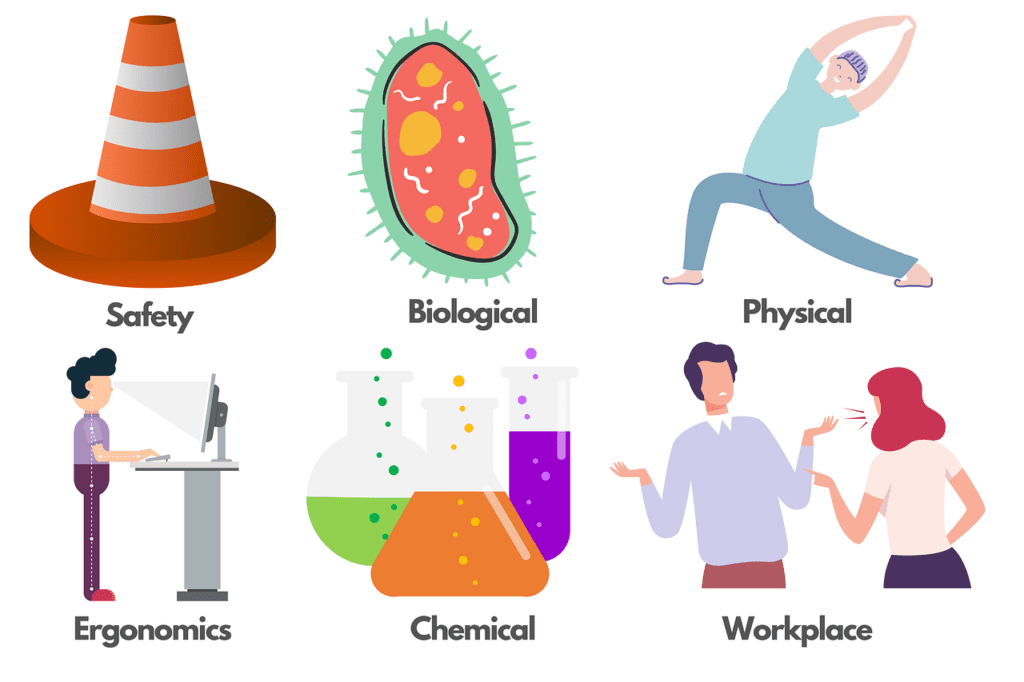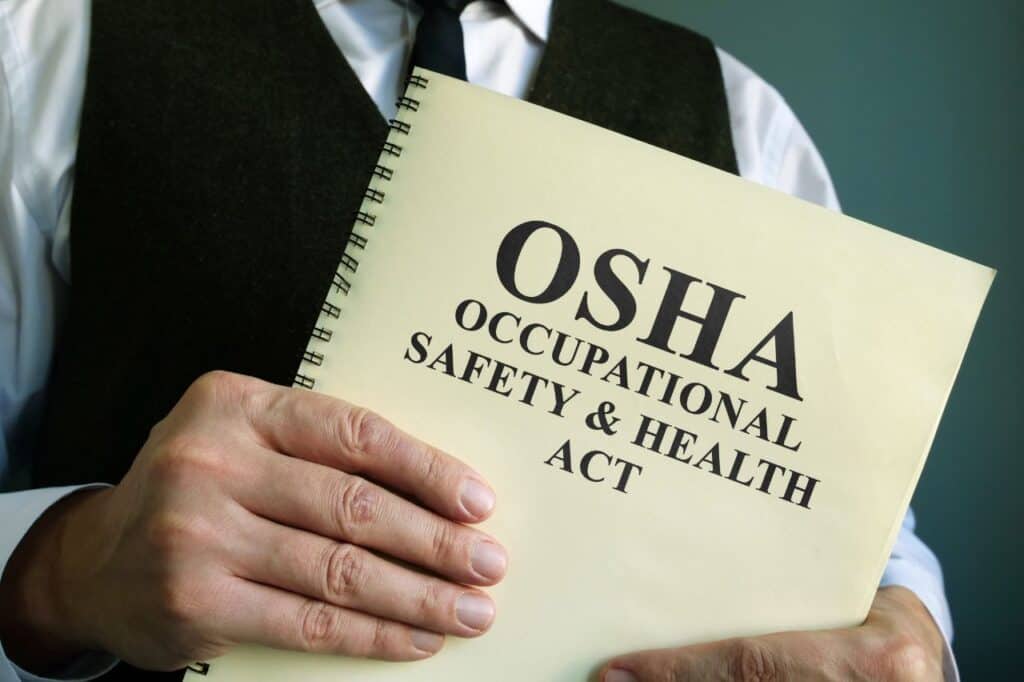Industrial accidents can be tragic and costly, but they don’t have to happen. By implementing a rigorous program of safety protocols and training, businesses of all sizes can reduce the risk of industrial accidents in the workplace and create a safer environment for everyone.
Perform Regular Risk Assessments
One of the most important safety strategies for reducing risks in the workplace is to perform regular risk assessments throughout your facility. Risk assessments help identify potential hazards and prioritize them according to their likelihood of causing injury or death. An effective risk assessment process will also consider possible areas of interference, like inadequate lighting or guard rails, that can lead to unsafe practices.
Once you’ve identified the risks, you need to develop strategies for addressing them. This should include providing employees with the appropriate protective equipment, training on proper use of machinery and tools, and instituting safety protocols on how to respond in potentially dangerous situations. In addition to mitigating the risks, these efforts can also help instill a sense of accountability among your staff; they will become attuned to potential hazards and more likely to spot them before an accident occurs.
Establish Clear Policies and Protocols
Clear safety policies and protocols must be established in order to reduce the risk of industrial accidents. This includes details such as the proper use of personal protective equipment (PPE), safe work practices, inspection requirements of equipment and tools, lockout/tagout procedures, and other predetermined safety steps. Additionally, employees should be trained on how to properly use any PPE or machinery related to their work in order to minimize mistakes that could lead to accidents or injuries.
In many large industrial settings, safety policies and protocols are pre-determined with detailed instructions on how workers should safely complete their task. In the event of an accident or emergency, these guidelines provide workers with a clear response plan and help them prevent hazardous situations from escalating. Furthermore, such protocols ensure that all employees are aware of the right actions to take in difficult circumstances. Establishing clear safety policies and protocols will ultimately protect workers and reduce the chances of future industrial accidents.
Provide Proper Training and Supervision
One of the most effective ways to reduce the risk of industrial accidents is to ensure that employees receive proper training and supervision. Training should include all aspects such as safety protocols, operation of any tools or machines, and potential hazards. Proper supervision is also critical for ensuring employees are adhering to safety protocols as well as proper work practices in order to protect themselves from potential injuries or catastrophic events.
Educating and training employees on safety protocols and work practices is essential for preventing industrial safety accidents. Employers should ensure that any new employees, as well as existing staff, receive the appropriate training in order to familiarize them with their work environment and equipment. Additionally, employers should provide ongoing refresher courses of current best practices in order to reduce the risk of workplace accidents. Regular supervision is also necessary to ensure that workers are adhering to these standards. Supervisors should take time to observe their workers’ performance, provide corrections when needed, and coach workers on how to use tools or machines properly and safely.
Encourage Employee Reporting of Safety Concerns or Hazards
Establishing an open dialogue between management, supervisors and employees is key to a successful safety program. Employees should be encouraged to report any safety concerns or potential hazards to supervisors in order for them to be readily addressed. This helps increase the accountability of employers and encourages a culture where safety comes first. Prompt corrective action also reduces employee hesitation in reporting any safety related issues.
Over the years, there has been an increase in industrial safety accidents. Many times, these disasters are preventable and due to owners not following standard safety regulations or providing a safe work environment for employees. To prevent future incidents from happening, it’s important that employers promote a culture of safety both in the workforce and management. Encouraging employee reporting is one way to do this because it allows workers to take an active role in reducing or eliminating hazardous conditions or practices within their departments. Not only does this make the workplace safer, but it also helps build trust between supervisors and employees – something essential to a successful business.
Invest in the Proper Equipment, Tools, and Protective Gear
It is imperative for industrial facilities to invest in the correct tools and equipment that ensure employees are able to perform their tasks safely. This includes providing appropriate personal protective gear (PPE) such as safety glasses, steel toe boots and other items that can help reduce the risk of accidents. Additionally, appropriate training should be provided to ensure employees know how to properly use the tools and equipment they need for their jobs.
In addition to investing in the proper equipment, it is also important for industrial facilities to regularly inspect the tools and machines that are used daily. According to OSHA, employees should be trained on inspection methods, so they know what signs to look for in order to detect any potential issues with equipment. Regular inspections can help reduce the risk of accidents due to faulty equipment. Additionally, if there appears to be a problem with a piece of machinery, facilities should take necessary actions such as replacing or repairing parts as soon as possible. Taking these steps can help industrial facilities remain safe and avoid costly accidents that could put both employees and the organization at risk.
Conclusion
In conclusion, accidents in the workplace can have serious consequences for both employees and employers. Businesses should therefore take steps to mitigate these risks by conducting regular risk assessments, creating clear safety policies and protocols, providing proper training and supervision, encouraging employee reporting of safety concerns, and investing in the appropriate equipment and protective gear. By doing so they can create a culture of safety that will reduce the risk of hazardous incidents occurring in the workplace.




